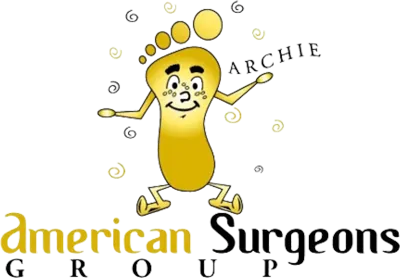
Offloading: The Key to Healing Foot Ulcers Without More Damage
If you’ve got a foot ulcer, you probably already know how stubborn and painful it can be. One minute it’s a small sore… the next, it’s not healing, getting worse, or even infected.
Here’s something many people don’t know: your foot can’t heal if you keep walking on the wound.
That’s where offloading comes in.
Offloading means taking pressure off the part of your foot that’s hurt. It’s one of the most important parts of healing—especially for people with diabetes, poor circulation, or past ulcers.
Let’s talk about what it is, how it works, and why it can literally save your foot.
What Is Offloading?
Offloading is a fancy word for taking the weight and pressure off a wound so your body has a chance to repair the damage. That means shifting how you stand, walk, or even move—so you’re not putting stress on the sore spot.
Think of it like this: if you have a cracked phone screen, and you keep tapping it in the same spot, it’s going to get worse. But if you stop touching it and protect it, it has a chance to hold together.
Same goes for a foot ulcer.
Why Is Pressure Such a Problem?
Most foot ulcers happen in spots that take a lot of pressure—like your heel, the ball of your foot, or under your big toe.
When you walk on a wound, even just a little bit, it:
Slows down healing
Increases your risk of infection
Makes the sore deeper
Can lead to tissue death or even amputation if left too long
That’s why offloading isn’t just helpful—it’s essential. You can have the best wound care in the world, but if you’re still putting weight on it, it won’t heal.
So How Do We Offload a Wound?
We’ve got a few tools up our sleeve. The right one depends on the location and severity of the ulcer, plus how active you are. Here are the most common options:
1. Total Contact Cast (TCC)
This is often the gold standard for diabetic foot ulcers. It’s a special cast molded to your foot and leg, spreading pressure evenly and keeping the wound safe. You can’t take it off, so you’re not tempted to “just walk a little.”
2. Removable Walking Boots
These look like big, padded boots. They help keep pressure off certain areas while still allowing you to get around. The only downside? You have to actually wear them. We’ll coach you through that.
3. Custom Orthotics or Shoe Inserts
For smaller wounds or once you’ve started to heal, special insoles can help shift weight away from the sore spot so it doesn’t reopen.
4. Offloading Shoes or Sandals
These are designed with cut-outs or pressure-relief zones. Great for forefoot ulcers or wounds near the toes.
5. Knee Scooters or Crutches
If the ulcer is severe or you’ve had surgery, keeping your foot off the ground completely might be best for a while.
Offloading Isn’t Always Comfortable—but It Works
We’re not going to sugarcoat it. Some offloading tools can feel bulky, awkward, or slow you down. But the short-term inconvenience is worth it for long-term healing.
When patients follow their offloading plan closely, we often see ulcers:
Shrink faster
Avoid infection
Stay closed (and not reopen later)
Heal completely without needing surgery
It’s truly a game-changer.
What Happens If You Skip Offloading?
Unfortunately, we’ve seen it. A small wound turns into a deep ulcer. Infection sets in. Sometimes, it spreads to the bone. And when that happens, surgery—or even amputation—becomes a real possibility.
That’s why we don’t mess around with foot ulcers. If you're at risk, we take action fast.
We’re Here to Help You Stay On Your Feet
At American Surgeons Group, we build offloading plans that actually fit your lifestyle. Whether you're working, retired, caregiving, or just trying to stay mobile, we’ll find an option that helps you heal without stopping life completely.
We don’t just treat the wound—we protect it while it heals.
Don’t Wait. Pressure Hurts More Than You Think.
If you’ve got a sore on your foot, especially if you have diabetes or poor circulation, don’t wait for it to “get better on its own.” Every step on a wound is a step in the wrong direction.
Let’s take that pressure off—literally—and help your foot heal the right way.
